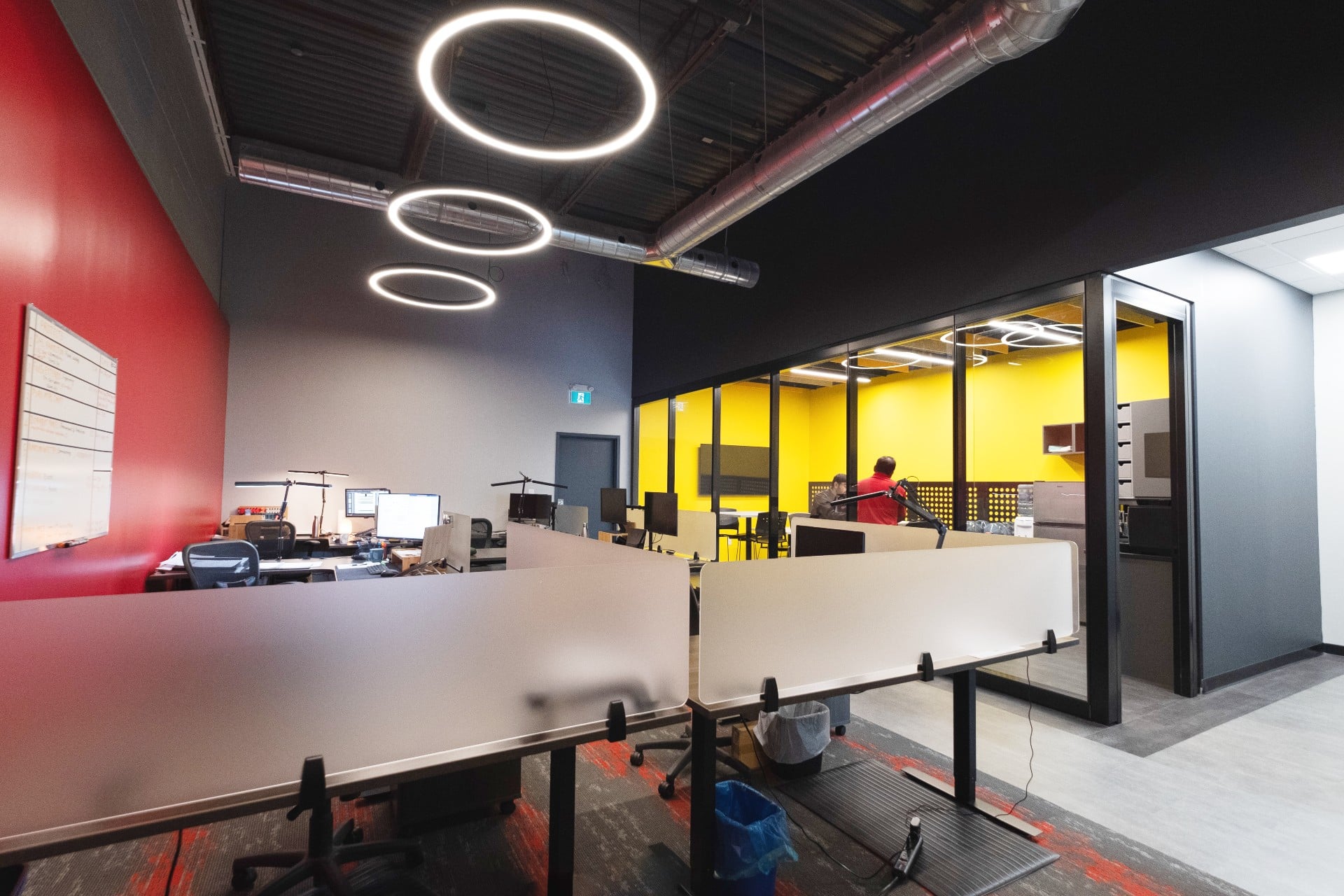In the dynamic landscape of contemporary workplaces, employee engagement has become a key determinant of organizational success. As businesses recognize the importance of fostering a positive and motivating work environment, the role of interior design has taken center stage. The layout, aesthetics, and functionality of a workspace can significantly impact employee morale, collaboration, and productivity. In this article, we will delve into the crucial link between employee engagement and interior design, exploring how a well-designed workspace can contribute to a more vibrant and productive workplace.
Creating a Positive Atmosphere
The physical environment in which employees work plays a pivotal role in shaping their attitudes and behaviours. A thoughtfully designed workspace can contribute to a positive atmosphere that promotes a sense of well-being among employees. Bright, well-lit spaces with a mix of natural and artificial lighting can enhance mood and reduce stress. Incorporating plants, artwork, and other aesthetic elements can further contribute to a visually stimulating and uplifting environment.
Flexible and Collaborative Spaces
Modern workplaces are moving away from traditional cubicles and fixed workstations towards flexible and collaborative spaces. Interior design can play a crucial role in facilitating this shift. By incorporating open floor plans, breakout areas, and collaborative zones, employees are encouraged to interact, share ideas, and work together seamlessly. These spaces not only promote teamwork but also provide employees with a sense of autonomy and choice in where and how they work.
Comfortable and Ergonomic Furniture
Employee engagement is closely tied to physical well-being. Uncomfortable and poorly designed furniture can lead to discomfort, fatigue, and decreased productivity. Investing in ergonomic furniture that supports good posture and provides comfort is essential for creating a workspace that employees want to be a part of. Adjustable desks, ergonomic chairs, and other accessories contribute to a healthier and more engaged workforce.
Reflecting Company Culture
Interior design offers a unique opportunity to visually express and reinforce a company’s culture and values. The design elements, colour schemes, and overall aesthetics of a workspace can communicate a sense of identity and purpose. Whether it’s through branded colours, custom murals, or the strategic placement of company mission statements, the physical space becomes a tangible representation of the organization’s ethos, fostering a stronger connection between employees and the company’s core values.
Well-Defined Personal Spaces
While open and collaborative spaces are essential, recognizing the need for well-defined personal spaces is equally important. Employees should have designated areas where they can focus and concentrate on individual tasks. Incorporating quiet zones, private offices, or personal workstations provides employees with the balance needed for optimal performance.
The impact of interior design on employee engagement cannot be overstated. A well-designed workplace goes beyond aesthetics; it creates an environment that supports well-being, collaboration, and productivity. By investing in thoughtful interior design, organizations can cultivate a positive atmosphere that not only attracts top talent but also retains and engages employees, contributing to the overall success and growth of the company.

